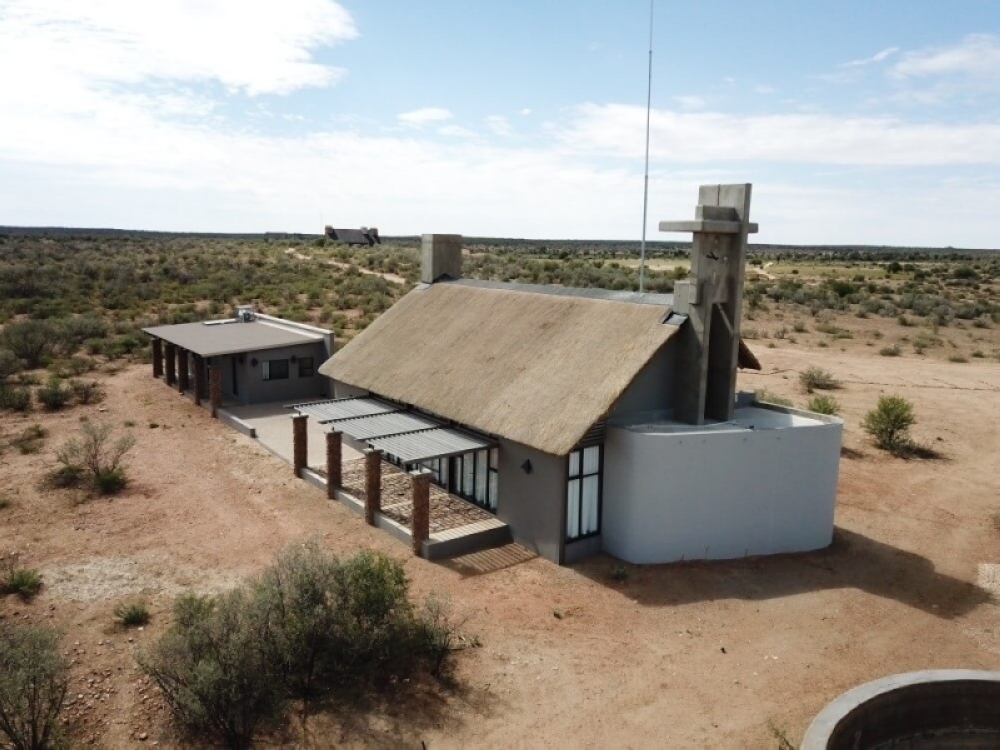Na/a’n ku sê - Forged in ecotourism
From the spirit of a San girl
The Na/a'n ku sê collection offers a selection of six different lodges and reserves. The collection rose out of a need to protect and rescue animals.
“Na/a’n ku sê was created to address animal welfare,” Marlice Van Vuuren, one of the founders of the collection, said.The collection was founded in 2003 when Marlice and her husband, medical doctor Rudie Van Vuuren, opened the Na/a’n ku sê Lifeline clinic in Epukiro, which treats around 4 500 members of the San community.
She explained the clinic was opened after a very ill San baby girl was dropped off on her parent’s doorstep.
By the time the baby could be examined by her husband, she unfortunately passed away.
This prompted the family to empower the San community by creating opportunities in tourism.
Growth
Currently the collection has a total of 90 000 hectares under protection. This includes the Zannier reserve which is co-owned by Na/a’n ku sê.
The sanctuary is home to rhinos. As a part of their eco-tourism initiative they created a rhino ranger team which is open to individuals to join and receive ranger training.
As a part of the initiative, the programme includes the training of dogs to assist in uncovering poached rhinos or rhino horns. Since the start of the unit there has luckily not been any poaching within the areas that the rhinos find themselves in.
The sanctuary is run by smart partnerships created by the founders with various individuals who contribute to the success of the collection.
One of these partnerships involved Angelina Jolie and Brad Pitt, with the first collaboration dubbed the Shiloh Jolie-Pitt foundation that was established in honour of their daughter Shiloh, who was born in Namibia.
In 2017 the partnership expanded to the Shiloh Wildlife Sanctuary, where orphaned and injured rhinos and elephants are placed for rehabilitation.
Sustainable tourism
The ecotourism that the Na/a’n ku sê lodge implements is aimed to ensure sustainability is practiced in every aspect of the lodge’s activities. Marlice explained that the voluntourism market ensures that the profits made from tourism is ploughed right back into the conservation of animals. The voluntourism market is aimed at tourists who want to be a part of daily operations at the places they visit.
Volunteers can take part in various aspects of the running of the lodge and sanctuaries.
The wildlife sanctuary also includes the protection and rehabilitation of baboons, which includes orphaned baboons brought to the sanctuary.
Due to Namibian law, the baboons raised at the sanctuary are not released into the wild but rather kept in camps.
The collection however does not only comprise of the lodges and reserves, but also supports local communities.
San support
Besides the clinic, a primary school operates at the Na/a’n ku sê lodge near Windhoek where the children of staff members can send their children to learn more than just the basic syllabus of Namibia. Situated in the heart of the wildlife sanctuary, learners at the primary school have the opportunity to learn first-hand about the animals around them as well as how to preserve their environment.
In an effort to continue to raise awareness for the San cause, Na/a’n ku sê has their own film production crew, which is helping to tell the stories of the San community and raising awareness to the protection of animals. The production of films is a part of their business model and anyone can reach out to them for the capturing of wildlife on camera. The money made from the filming is placed right back into the conservation of animals which falls under the collection.











Comments
My Zone
No comments have been left on this article